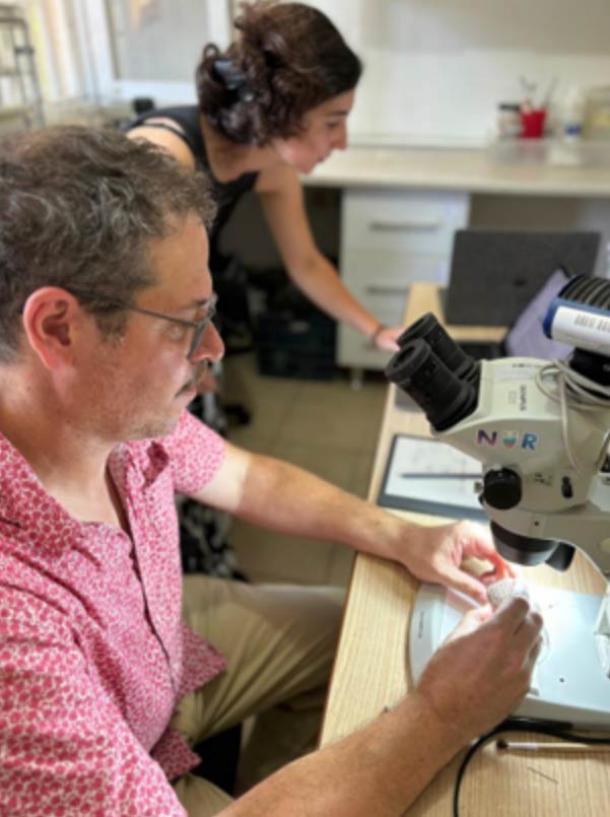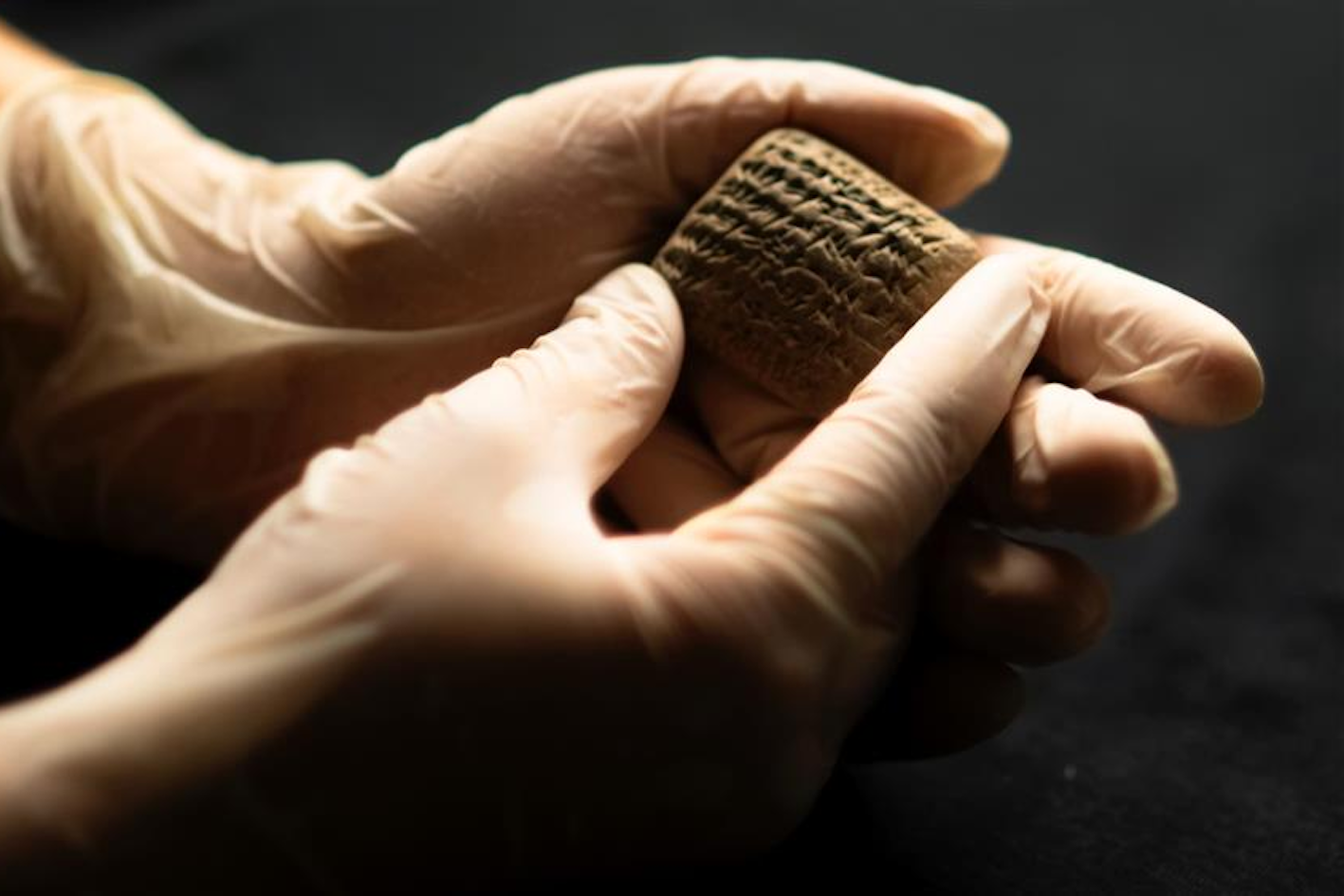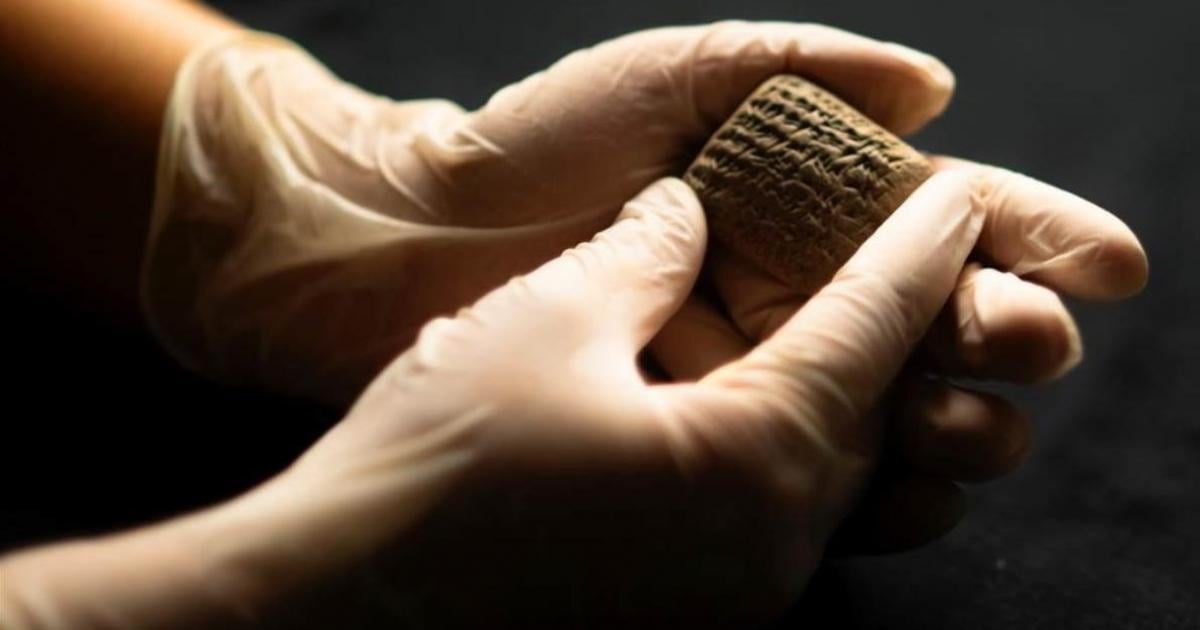In an extraordinary discovery, archaeologists have unearthed a 3,500-year-old cuneiform tablet in Turkey’s ancient city of Alalah. This tablet, remarkably well-preserved, provides a glimpse into the daily life and economic structure of the Late Bronze Age. Found during restoration works in the Aççana Mound, this ancient shopping list is a testament to the rich cultural heritage of Anatolia.
The Discovery at Aççana Mound

The Aççana Mound, also known as Eski Alalah, is a historic Tel—a mound formed over centuries of human occupation—located in the southern Turkish province of Hatay. During restoration efforts following an earthquake, archaeologists stumbled upon a significant find: a cuneiform tablet from the 15th century BC.
The Significance of Cuneiform Writing

Cuneiform is one of the earliest systems of writing, characterized by its wedge-shaped impressions. The script was used extensively in ancient Mesopotamia, with the Akkadians employing it to write their extinct East Semitic language. The practical phonetic approach of the Akkadians, using corresponding Sumerian signs, highlights the adaptability and innovation of early civilizations.
Insights into the Late Bronze Age Economy

This particular tablet is an administrative record detailing substantial furniture purchases. Weighing 28 grams and measuring 4.2 cm by 3.5 cm, with a thickness of 1.6 cm, the tablet lists the procurement of wooden tables, chairs, and stools. The deciphered text reveals not only the items bought but also information about the buyers and vendors, shedding light on the economic transactions and social interactions of the time.
A New Perspective on Anatolian Heritage

The discovery has been hailed as a significant addition to our understanding of the Late Bronze Age. Mehmet Ersoy, Turkey’s Minister of Culture and Tourism, emphasized the tablet’s importance in offering a fresh perspective on Anatolia’s rich heritage. He stated, “We believe that this tablet, weighing 28 grams, will provide a new perspective in our understanding of the rich heritage of Anatolia for future generations.”
Conclusion
The unearthing of this 3,500-year-old cuneiform tablet in Alalah is a remarkable achievement in archaeology. It not only enriches our knowledge of ancient economic systems but also underscores the enduring legacy of early Anatolian civilizations. As ongoing studies continue to reveal more about this ancient shopping list, we gain a deeper appreciation for the complexities and connections of human history.



